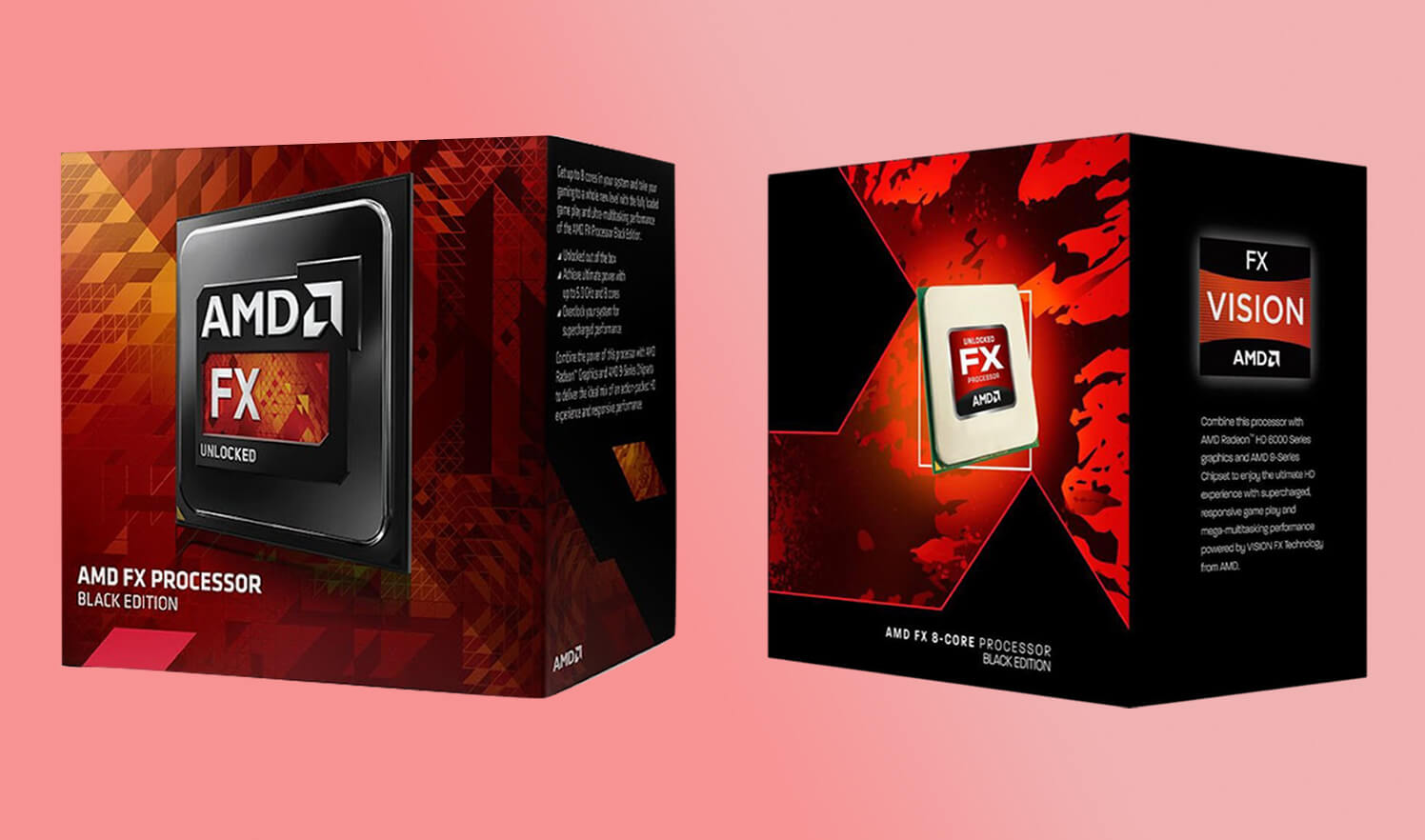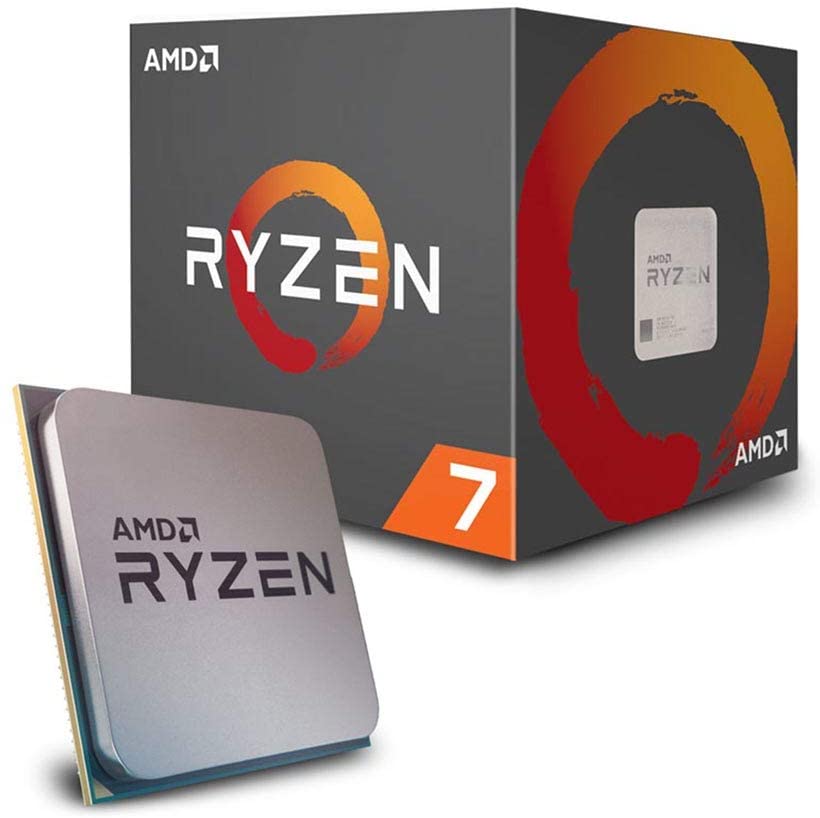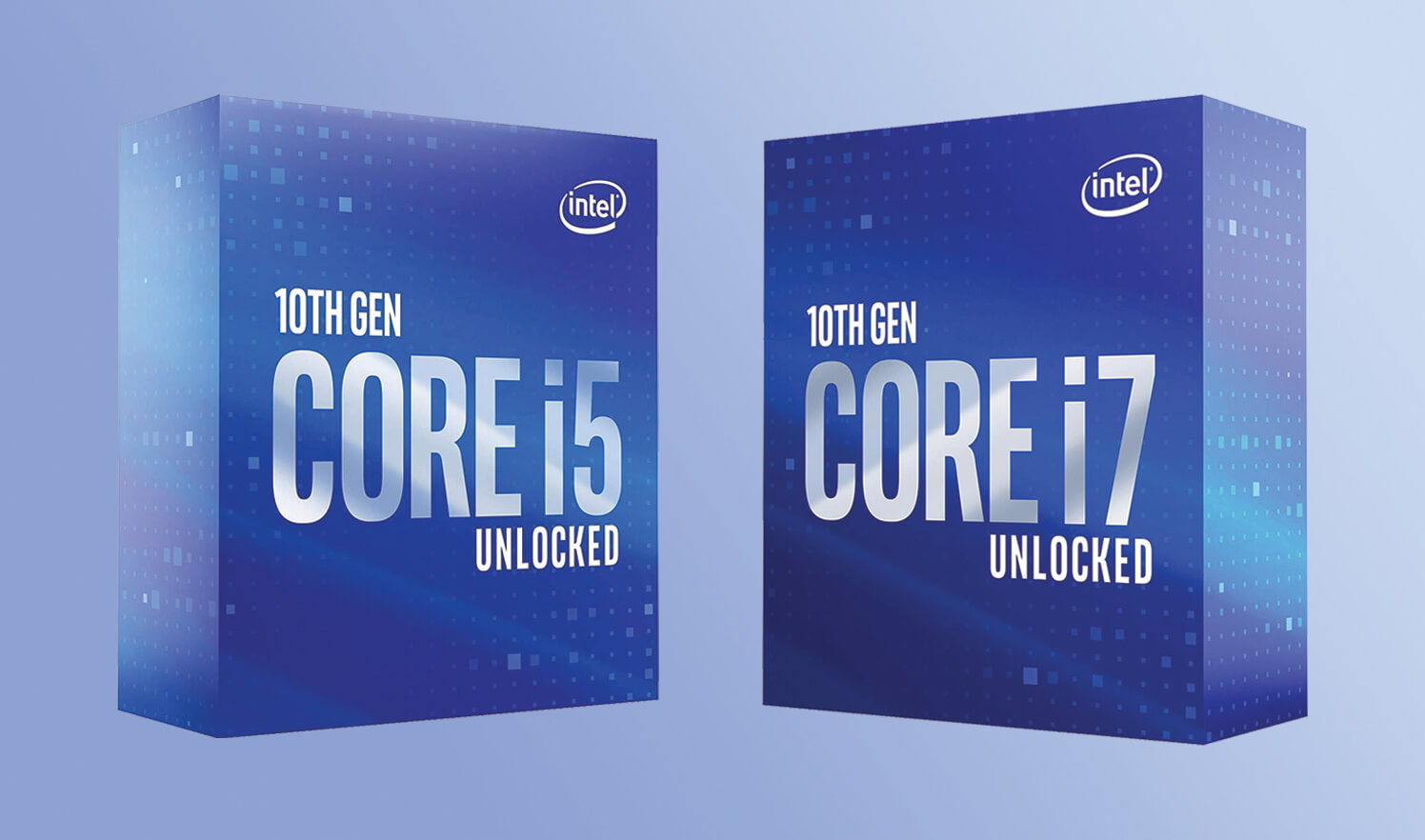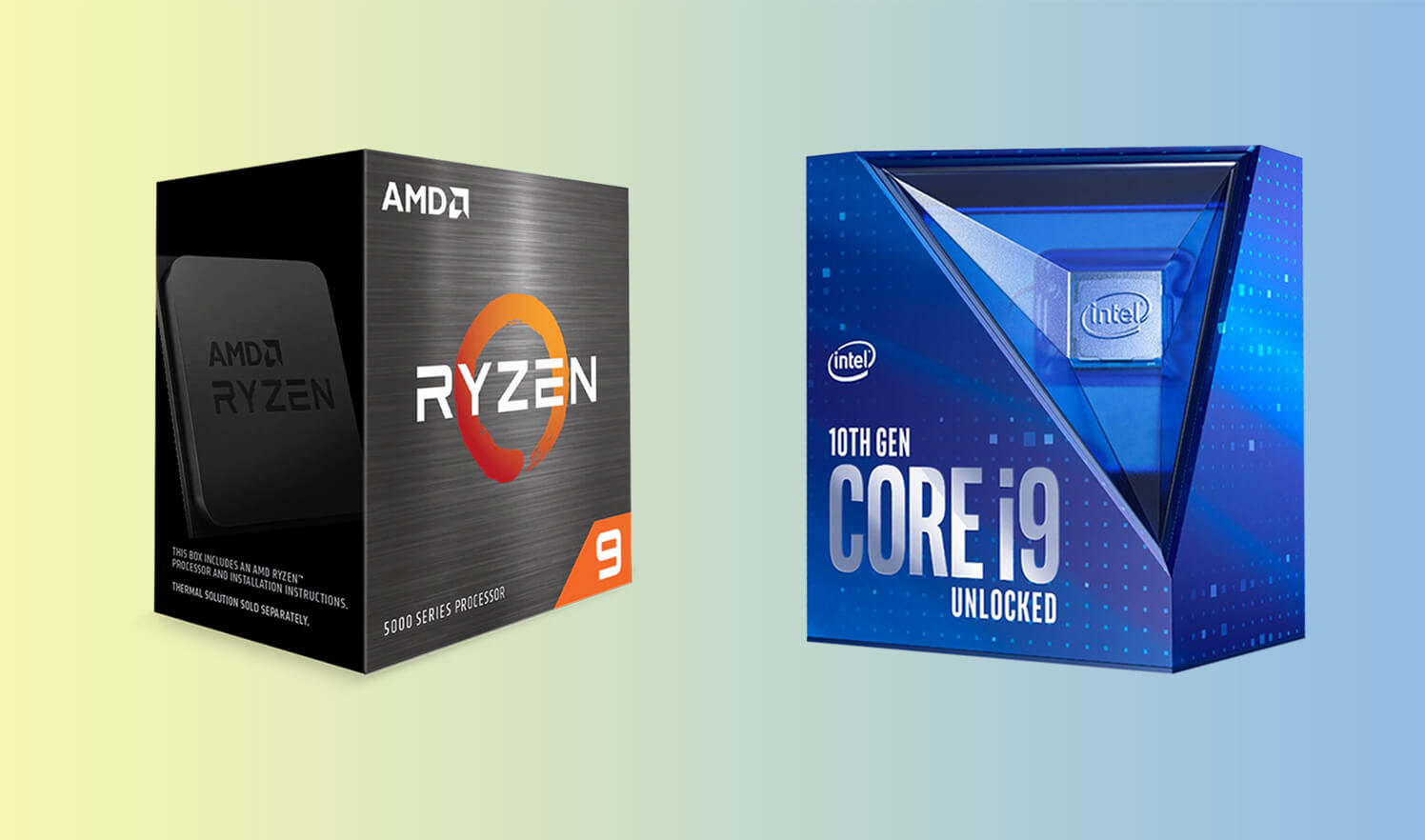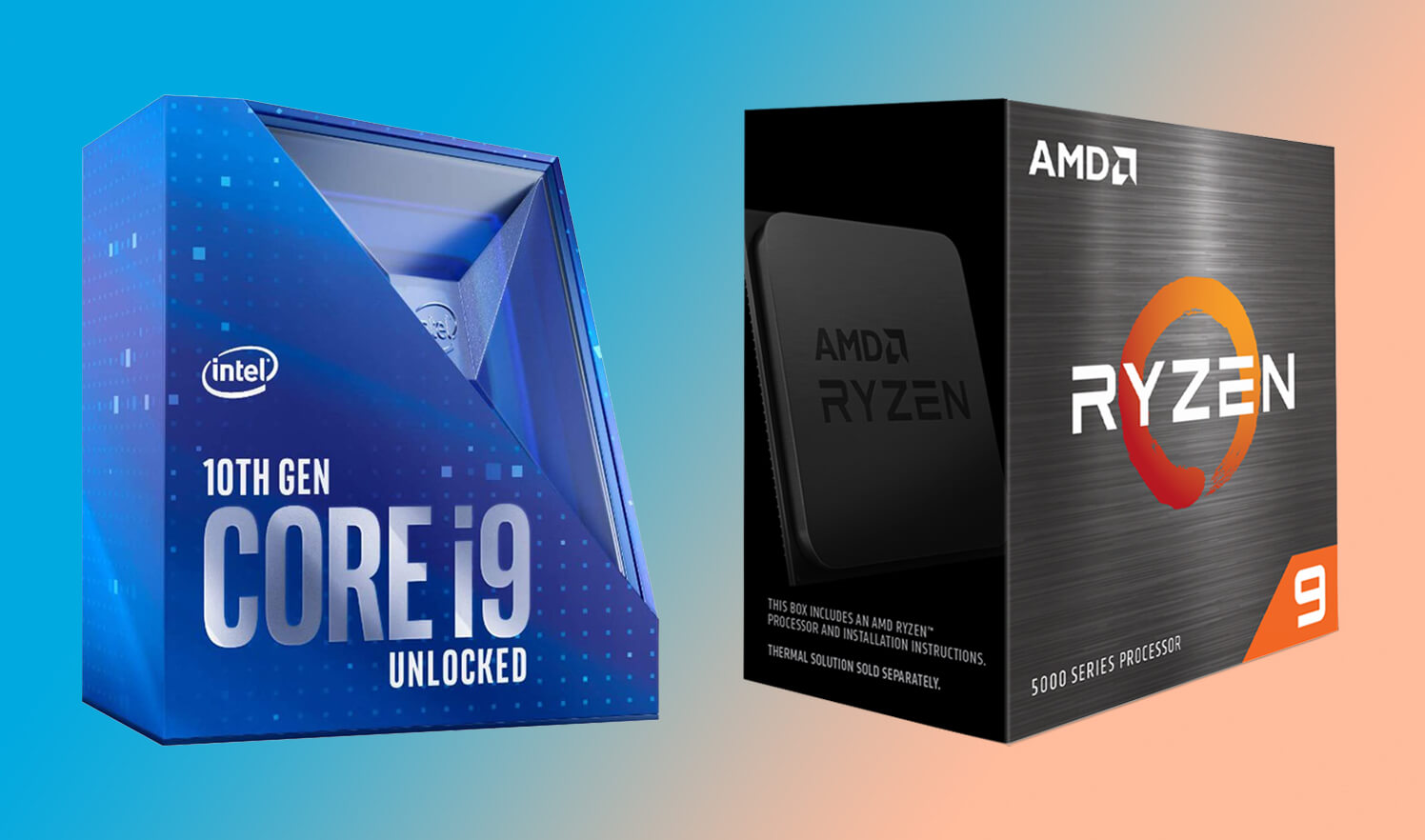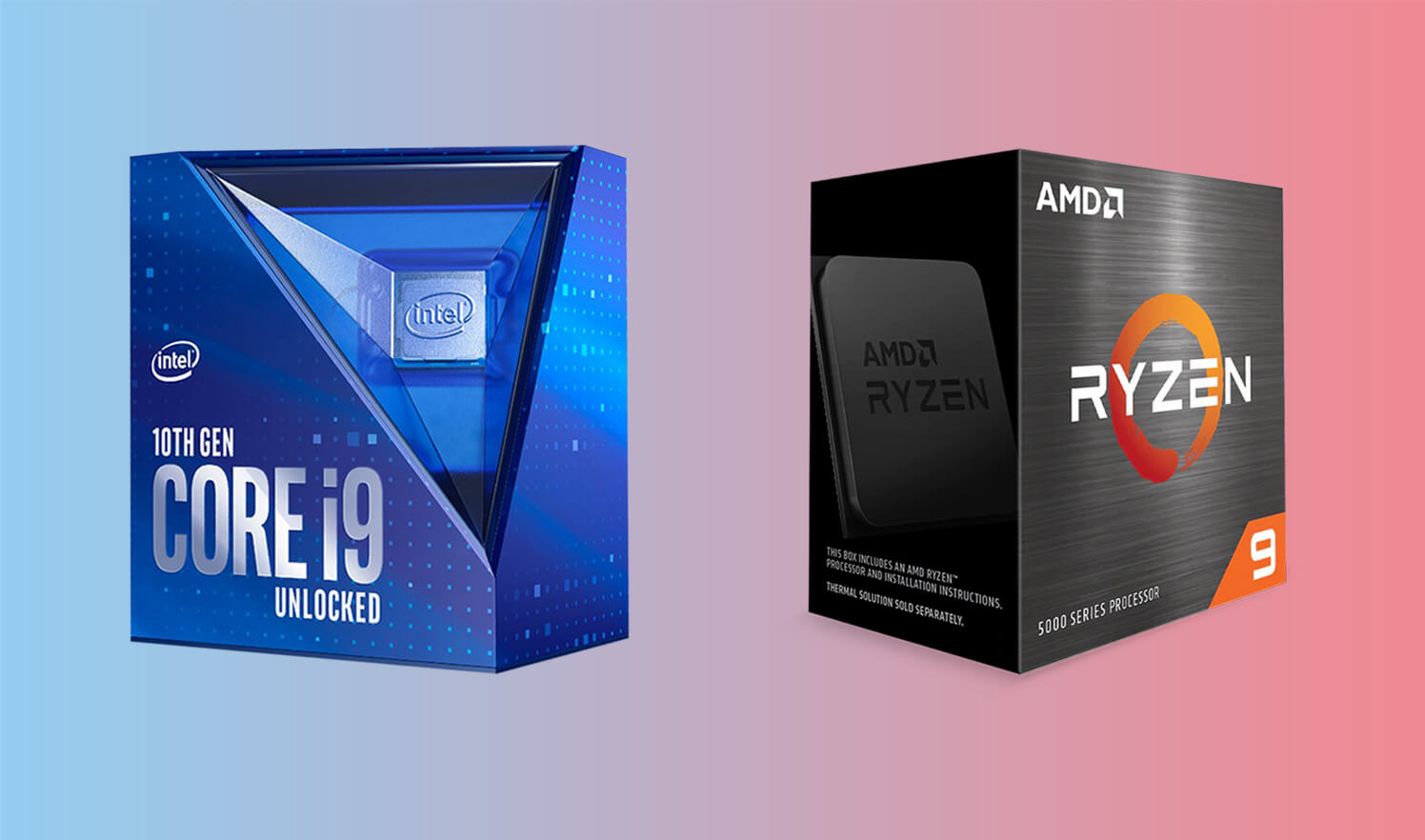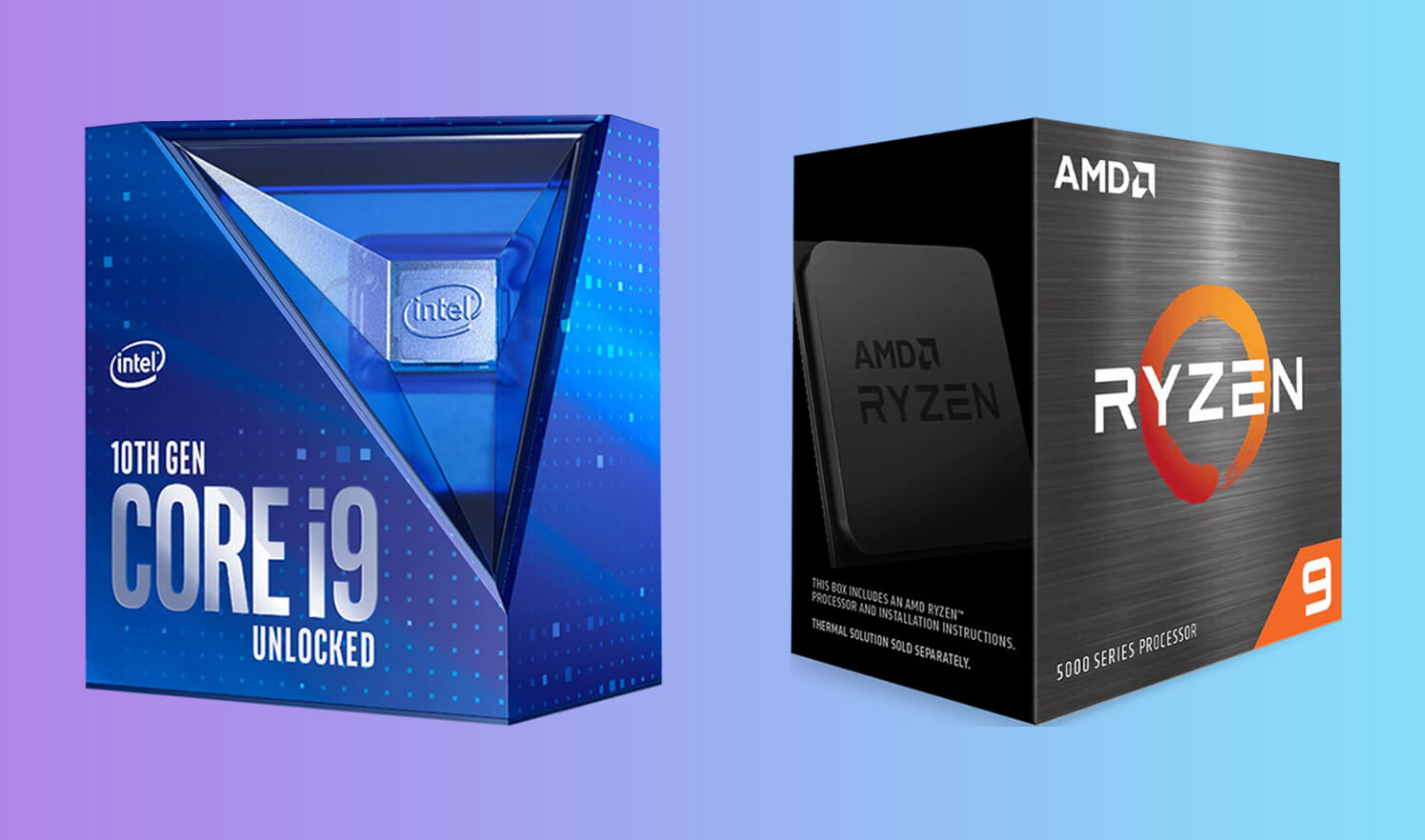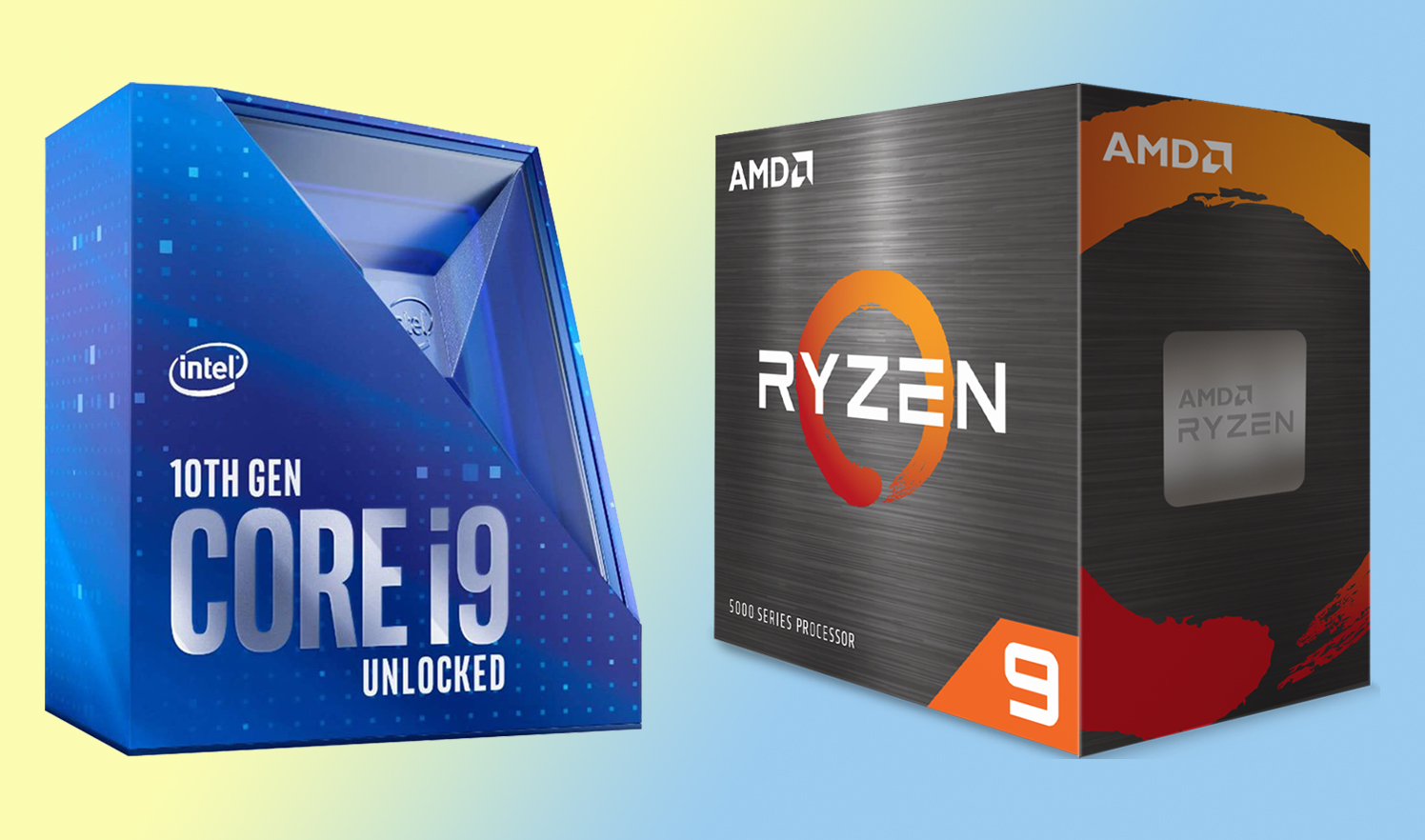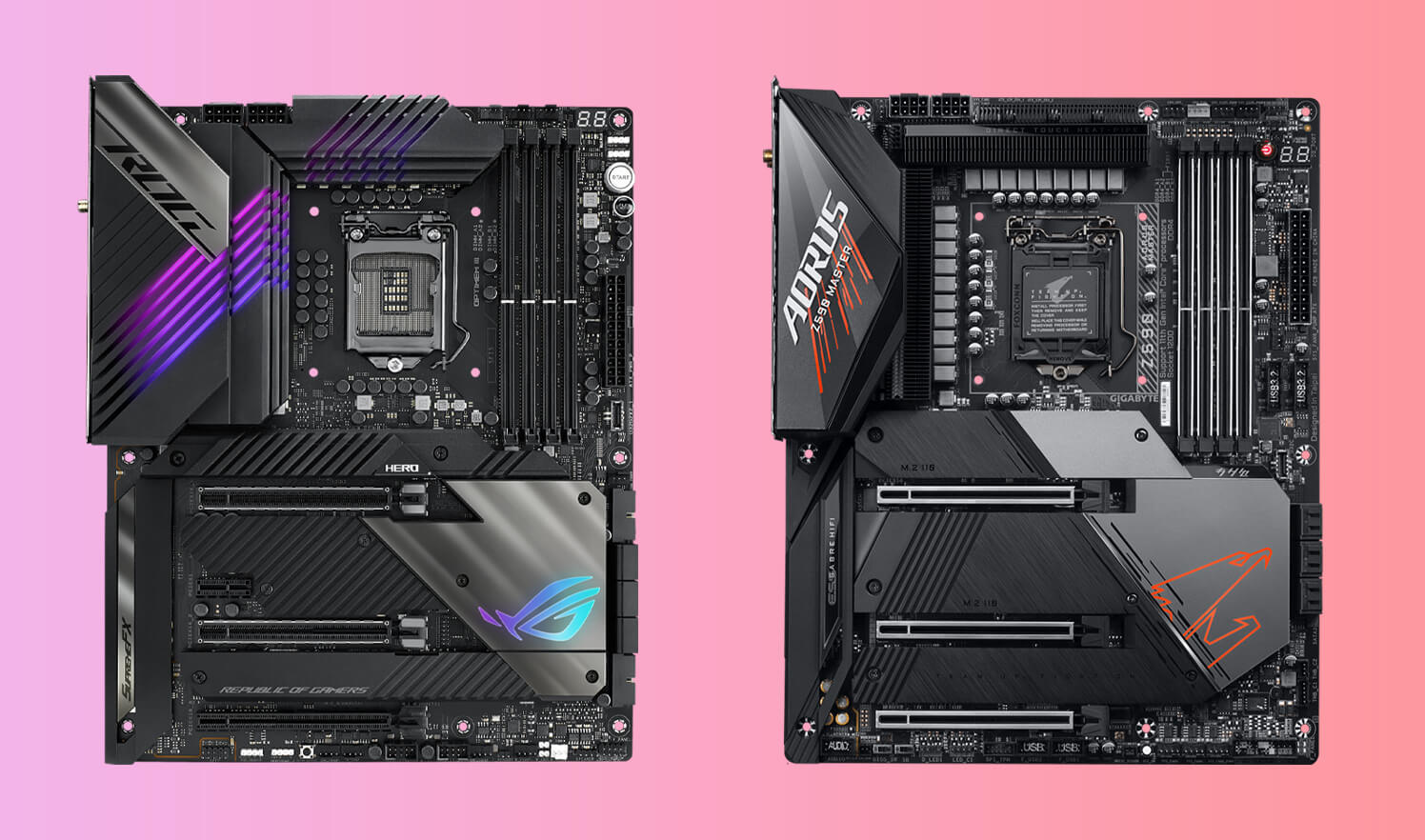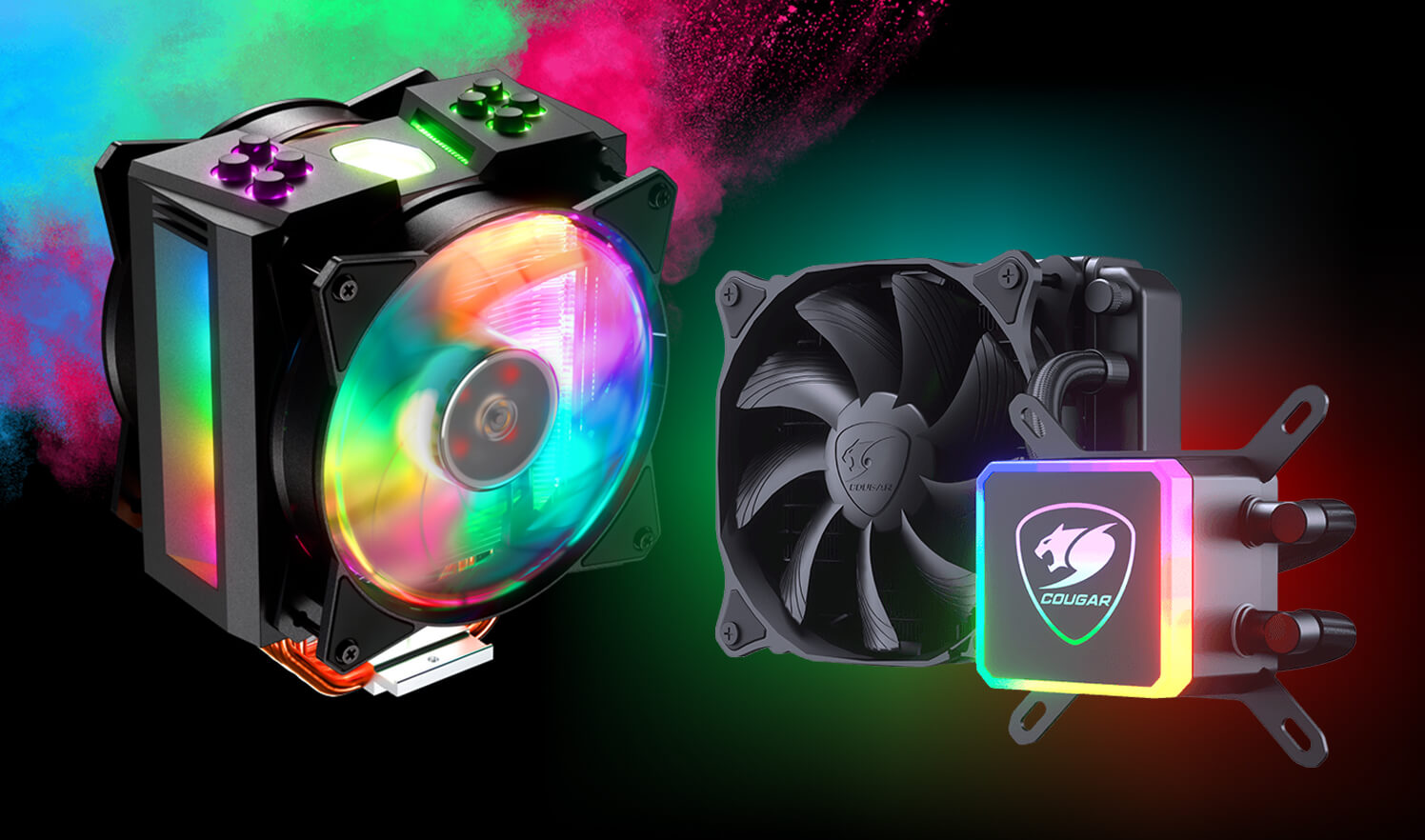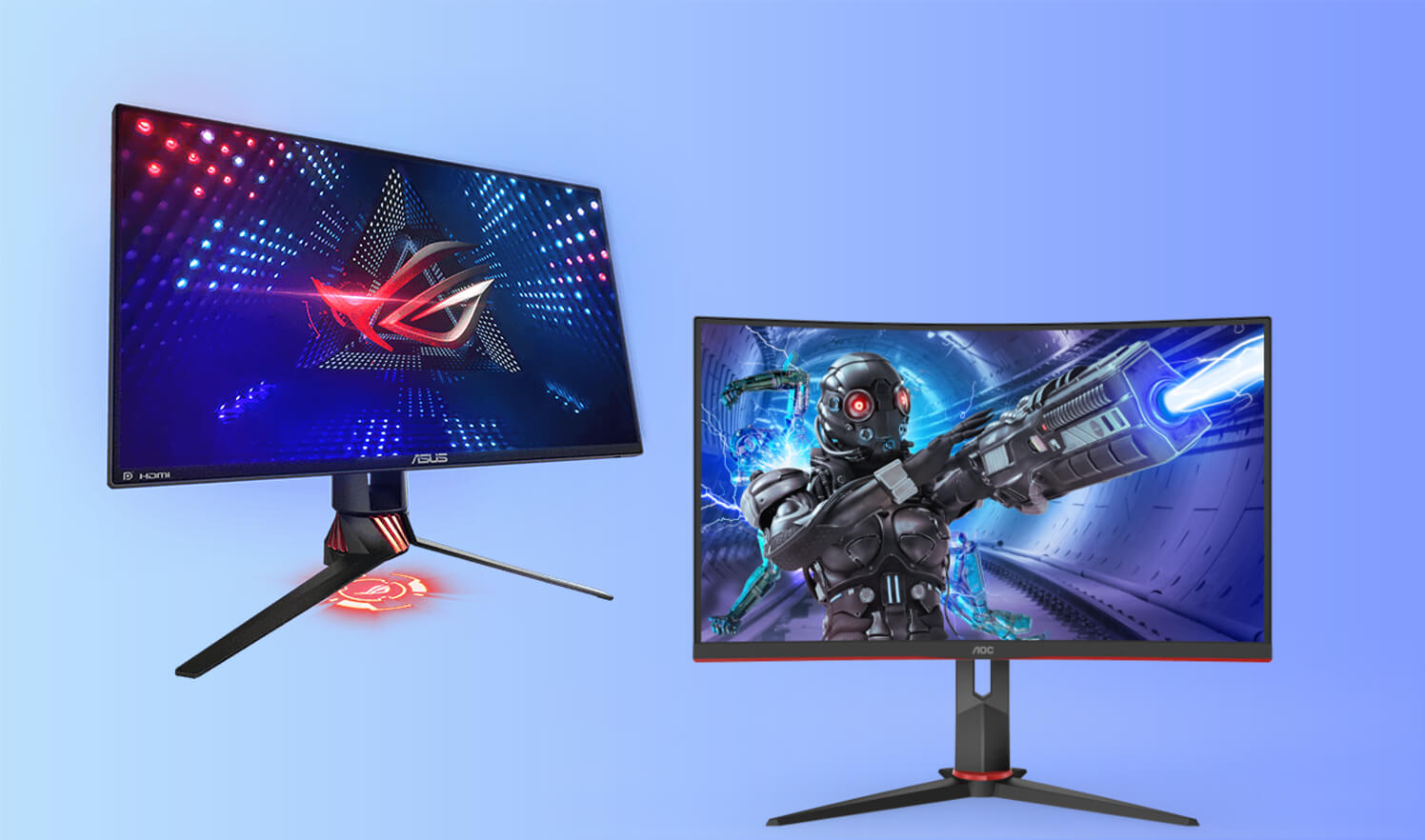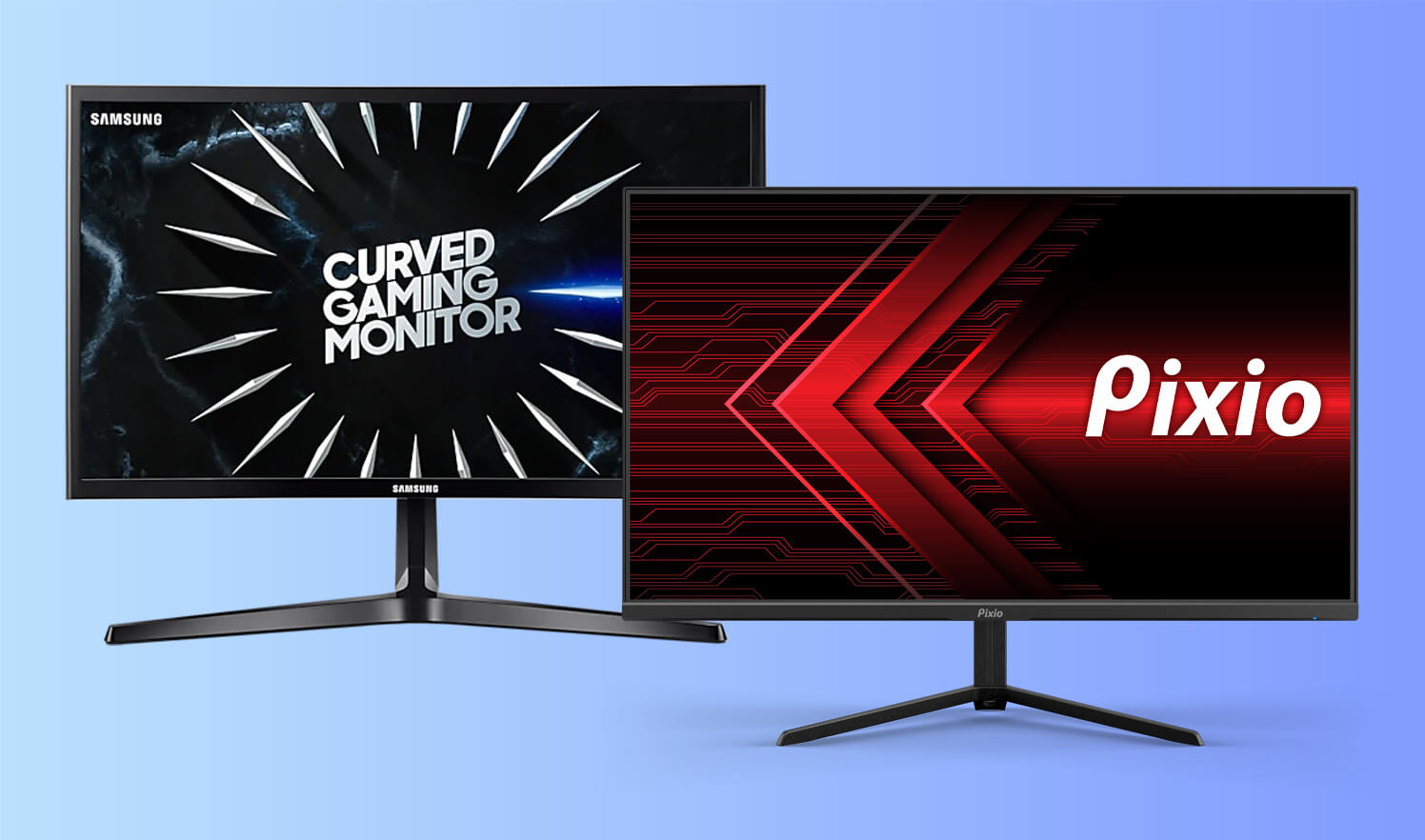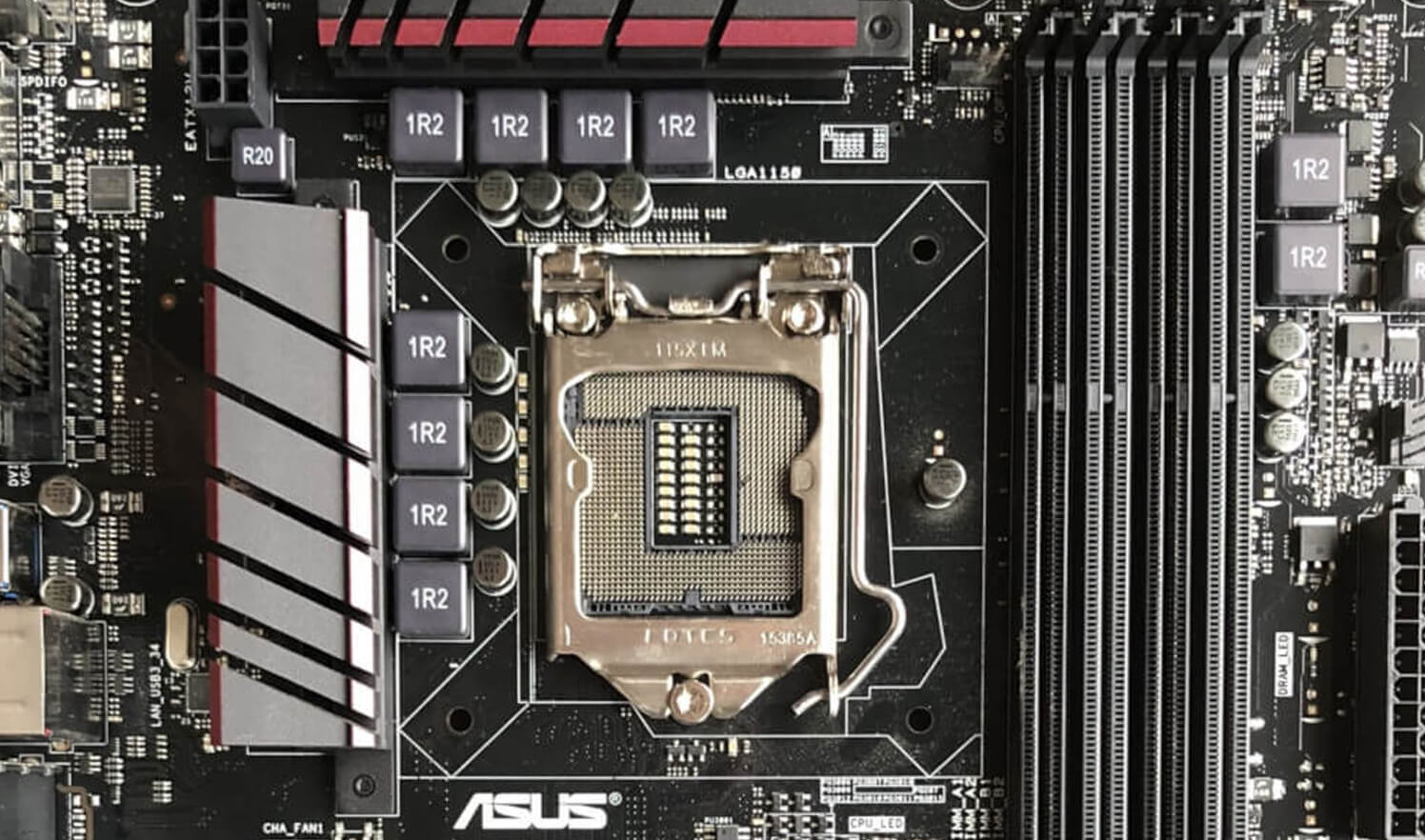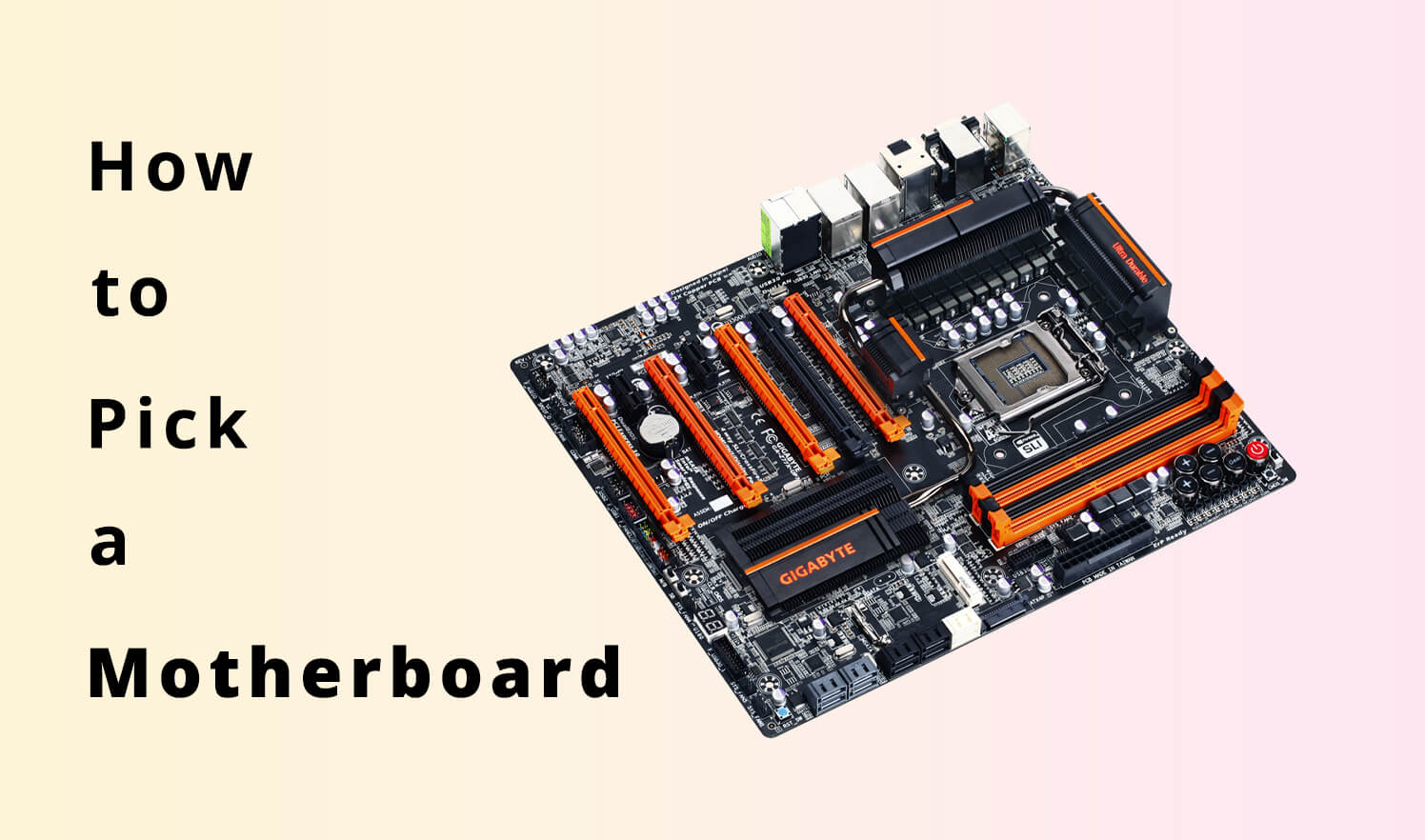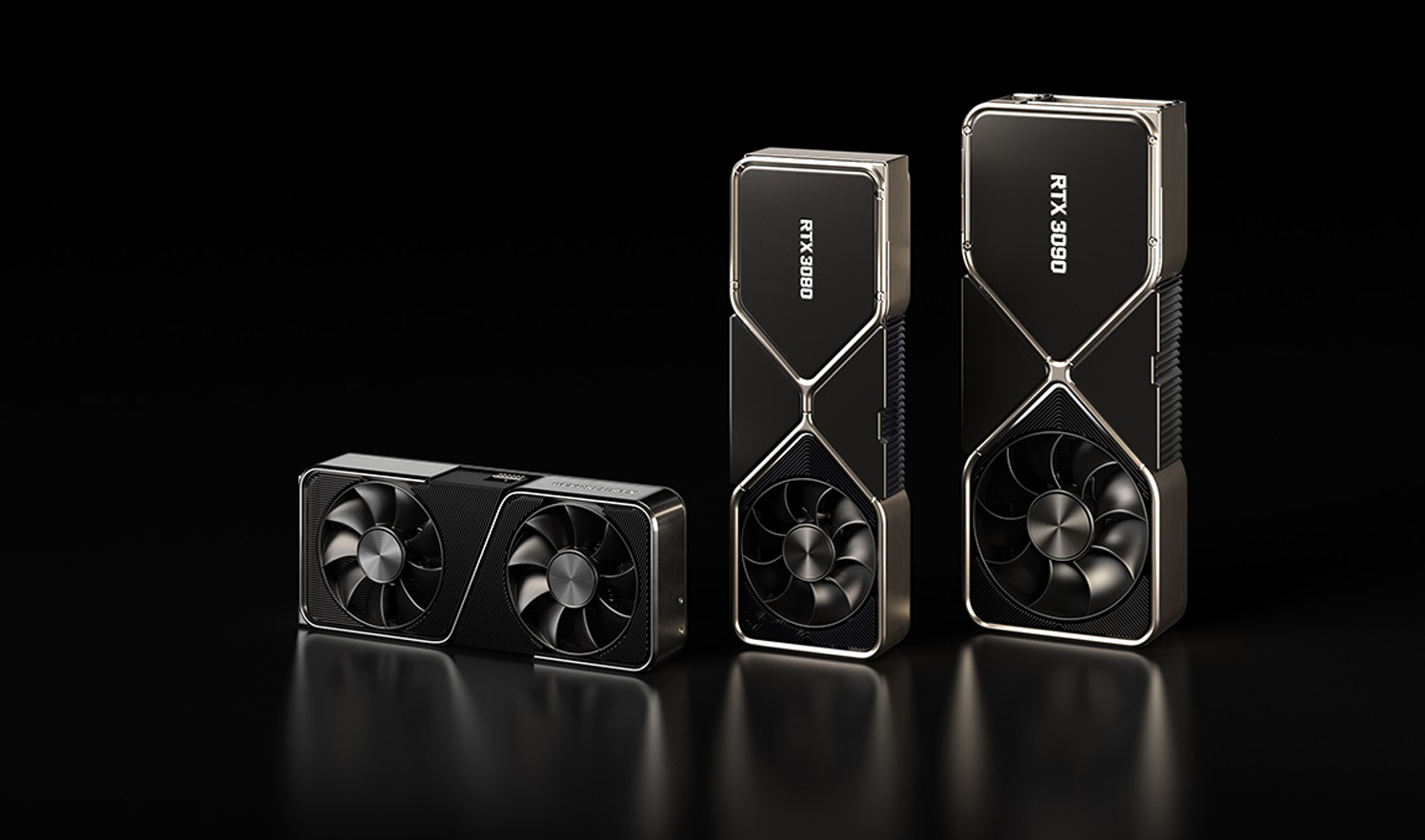Building a PC is an art; not everyone gets this right the first time due to a lack of proper knowledge and information about PC building and the best components required to make it happen. PC building can be divided into two parts: selecting the components and combining those parts into the case. The latter part is the easier one, so we will focus more on the first part. The components required during PC building include a motherboard, CPU, GPU, RAM, PC case, CPU cooler, monitor, keyboard, power supply, etc. However, you may have particular parameters, but some common factors may help you a lot in this purpose.
Tips for picking the most suitable components for your new smart PC:
BUDGET: Before we decide on the components, the most crucial factor that affects their selection is your budget and the objective of your build. More often than not, your budget decides the limitations of your build. The more restrictive your budget is, the more research and effort it will require to build an optimum-performing PC that serves your needs. The budget for an entertainment PC is lower, while the funding needed for a high-end gaming PC is usually the highest. So be positive to keep this in mind while selecting the components.
PURPOSE: The purpose or objective behind your PC directs you to select a specific type of component. Buying a GPU is suitable for video editing and gaming PCs, while for an entertainment PC, it is overkill; the integrated graphics would work just fine. Similarly, PC case selection also depends on the objective of your PC. We will discuss that in detail while discussing each component.
PROCESSING FIREPOWER: The component that you should select first is the CPU because it will set the direction of your build from the start. AMD or Intel is the most apparent puzzle, but both offer CPUs for all market segments. Intel processors are more devoted to gaming performance, while AMD Ryzen CPUs excel in productivity. So keep that in check when you pick out the CPU. Secondly, the processing power should also be selected as a high-end CPU would be overkill in a home entertainment PC. In contrast, an entry-level CPU won’t do you any good in building a flagship PC.
Motherboard: After you have selected your CPU, it will become obvious which chipset to choose, Intel or AMD. Intel and AMD have completely exclusive chipsets for their processors. Both have many motherboards to choose from, divided between entry-level, mainstream, and highly high-performing motherboards.
INTEL CHIPSET:
Intel Z series: Intel Z series motherboards are the highest performing, while the B series is more of a mainstream setup motherboard chipset. Z590 is Intel’s latest high-end chipset which supports the 11th gen Rocket lake processors and possesses PCIe 4.0 capabilities and should be your choice if you intend on overclocking and extreme performance. You can also use the last-gen Z490 Chipset with the 10th gen processors to save some money without compromising performance.
Intel B series: Intel B series are the mainstream usage chipsets offering decent performance, allowing CPU overclocking, multiple GPU support (but not PCIe 4.0), and a better performance to price ratio for average users. Even though it lacks memory overclocking, it usually has fewer PCIe and M.2 slots and a reduced number of USB ports. Still, they lie in the mid-range category with balanced performance and characteristics. B560 is the latest generation supporting the 10th and 11th gen processors and is suited for mid-level gamers and professionals.
Intel H series: These are budget segment motherboards with satisfactory performance and essential features only. Their main selling point is their reduced price and excellent value they provide at a reduced price. They are suitable for everyday usage and workload. Even though casual gaming is possible on this chipset, they are not meant for overclocking and usually contain a single expansion slot, no PCIe 4.0 support, dual memory slots, USB3 ports, and fewer I/O options. They are best for entry-level usage and average load professional work.
AMD CHIPSET:
On the other hand, AMD has been utilizing the same AM4 chipset since the launch of Ryzen CPUs in 2016. So you have a wider variety of CPUs to choose from, starting from the 2000 series to the latest 5000 series RYZEN CPUs. It has a similar division as Intel chipsets, entry-level, mid-range, and premium/flagship motherboards.
AMD X-series chipset: X570 is the latest generation of premium top-performing chipset from AMD compatible with the newest 5000 series CPUs and older Ryzen CPUs. Multiple PCIe 4.0 slots with multi GPU compatibility is common among X570 motherboards. They are manufactured from the best components with the highest quality. They contain the most premium features such as faster connectivity with WIFI and dual ethernet modules, a more significant number of M.2 NVMe slots, and excellent overlocking optionality. They also contain the newest and upcoming state-of-the-art features such as reinforced slots, highest efficiency heat sink, newest optimization, and tweaks. They are most recommended for advanced power users and overclockers.
AMD B-series chipset: The b series is targeted towards the middle segment of the market. They possess limited PCIe 4.0 support and support CPUs up to 5000 series Ryzen processors. B series permits good overclocking support for CPUs, but RAM overclocking is left out, along with a couple of enthusiast features not usually needed. I/O panel is well featured with most ports and connectivity options but doesn’t expect redundancy on premium features. It is the most suitable recommendation for performance users who don’t want to spend too much on the motherboard yet don’t want to settle on reduced performance.
AMD A-series chipset: AS compared to the above two, A series chipset lacks exceptional performance and premium attributes but makes up for it with essential functionality and decent performance. Overclocking is not recommended and often not required in budget segment PCs. PCIe lanes are limited to 3.0 speeds, and 4.0 slots are non-existent, but no GPU can utilize its bandwidth at the moment. Most professionals and intermittent gamers will never need anything more powerful than the A520 motherboard, the newest budget king chipset.
ONE SIZE DOESN’T ALWAYS FIT ALL:
PC case size selection is another vital decision as it will decide the motivation and purpose behind the PC build. Choosing the wrong size may limit your scope for future expansion, restrict some GPU and cooler installations or restrain you from putting it in your smaller workspace.
E-ATX: The biggest one of all is the E-ATX that caters to the enthusiast-class builds. Having lots of space allows extensive and additional equipment to be installed and leaves ample room for custom cooling solutions. They allow almost limitless customization in PC building.
ATX: The ATX is the most popular size for gamers and most rigs as it delivers balanced functionality at a reasonable size and price. You can install custom cooling solutions here as well and can install most flagship GPUs as well.
Micro-ATX: The micro-ATX caters to the general-purpose masses and is used on most mainstream general-purpose machines. They are smaller in size and can be placed in compact spaces, and allow hassle-free movement. But they lack advanced custom cooling solutions, and you cannot install oversized graphic cards in these cases.
Mini-ITX: It is the smallest of all and the easiest to move and place anywhere, requiring the least amount of space. Reduced case size means reduced cooling potential, so don’t expect miracles and flagship performance at this size. Its target market is usually home entertainment and basic PC for home and professional use.
Type & Size Of Memory:
Memory is like a container that holds data that is going to be processed by the CPU. Without it, the CPU would have to load everything directly from the hard drives that are comparatively slower. The memory sizes can also be divided according to your usage,
4GB: It is the least amount of size for the smooth operation of the operating system, and it is used in Chromebooks and internet PCs designed for web browsing and entertainment.
8GB: It is the standard RAM size for general-purpose PCs. It ensures lag-free regular operation during the operation of usual apps and supports low-intensity software and workloads. It is sufficient for everyday use and low-level professional work.
16GB: The minimum recommended RAM for gaming is 16GB. It allows smoother gaming and faster loading, and overall improvement of system speed. It is not the most suitable size for professional work, but a mid-level application may work just fine.
32GB: The perfect size for professional work is 32GB. It allows heavier applications to work effortlessly and may improve slight performance in demanding games. Higher frequency and overclocked RAM modules are also used to enhance performance in challenging games.
64GB and above: For powerful performance workstations and enthusiasts, there is no limit to RAM size; it depends on the work scope. Professional Video editing and designing software may need 64GB or even higher up to 128GB RAM to keep their applications working flawlessly.
SSD or SATA:
Hard drives are necessary PC equipment required for data storage. Apart from your data, It also holds the operating system and all the applications you install on your PC. Hardrives nowadays are divided into SSD and SATA.
SATA: SATA are conventional hard drives with a moving plate inside that holds your data. They are considerably cheaper than SSD and are the recommended storage solution for storing large amounts of data, be it movies, songs, pictures, or other files that you work. They are slower than SSD and have an average life of 5 years and above. They give slower load times on applications and operating systems.
SSD: Solid State Drives are speedy and more durable than SATA hard drives as they do not contain any moving parts. They are the future, as they significantly improve operating system boot time and loading speed of other applications installed on it. They are popular among gamers due to reduced loading time within the game.
The most optimum solution is to use both SSD and SATA on your PC, load the operating system, applications and games on it, while SATA can be used as general storage for data.
THE BEST GPU FOR YOU:
AMD and Nvidia are the biggest competitors in the gaming industry. Nvidia is famous for delivering the best gaming graphics and flagship performance. At the same time, AMD provides excellent value graphic cards that do well in all segments, especially the entry and mid-range categories. Graphic cards are not only divided by their performance. They are also divided by their purpose. Graphic cards used for gaming are different from the ones used for professional work.
NVIDIA GPUs:
GT: Entry-level GPUs
GTX: Gaming centric GPU
RTX: Flagship performance GPU
AMD GPUs:
RX: Mid-level and Entry-level GPU
RX Vega: Flagship level GPU
HD: older GPUs by AMD
SIZE: The size of the GPU varies considerably. The highest performing GPU usually has larger heatsinks, and so they have larger dimensions than usual. The GPU size must be kept in mind while selecting the case to avoid inconvenience.
Heat Dissipation: The ventilation or cooling system of the PC is the lifeline of the system. The system will not perform adequately without proper cooling. There are two types of cooling solutions available: liquid and air coolers.
Air Coolers: Air coolers consist of fans. They are most suitable for entry-level to mid-range rigs with ample space within for maximum airflow. Air coolers are inexpensive comparatively and also ideal for budget builds.
Liquid Coolers: Liquid coolers are cooled by a heatsink and a fan that extracts heat via a heat pipe from the motherboard. They are expensive but offer greater cooling efficiency and are suitable for enthusiasts and overclocked rigs.
MONITOR your MONITOR: The last piece of equipment you need to find is the monitor. Gaming monitors differ slightly from general use/ entertainment monitors due to their higher refresh rate and lower latency. The most appropriate monitor size for gaming is between 24 to 27 inches. For entertainment use and general-purpose, larger monitors are popular, with the usual refresh rate and latency. Entertainment purpose monitors are usually cheaper than gaming monitors by a considerable difference.
I/O DEVICES: Input-output devices like mouse and keyboard don’t add much to the performance of your PC but rather the experience you achieve out of it. Distinctions are present between gaming and office/general use mouse and keyboards. Gaming keyboards and mice have faster response times, faster speeds, and increased durability than regular keyboard and mouse.
INSTALLATION GUIDE: After you have bought all the best components for your PC, You need to install them. If you haven’t done it before, you should call the professional, or you might damage something. After you have installed everything correctly and the rig is completed. You can boot up your windows and start enjoying your PC.
Conclusion
The average PC has a life of around 5 to 8 years. Always think ahead and plan accordingly to allow provision for future expansions and customization. This way, you won’t necessarily need to build a new PC every five years and spend a significant amount of money doing it. Secondly, always check and recheck the compatibility of the components you buy to prevent mismatch and bottlenecks in performance. We wish you a happy PC-building experience.
A PC has a lot of essential components. Selection of all these components required to build your dream PC demands tedious research and effort. We have explained the selection criteria for every vital part you are going to need. Further, we have tried to simplify everything for you as much as possible. If you have gone through this guide and followed our recommendations, we are sure you will be able to build your PC without much effort.
